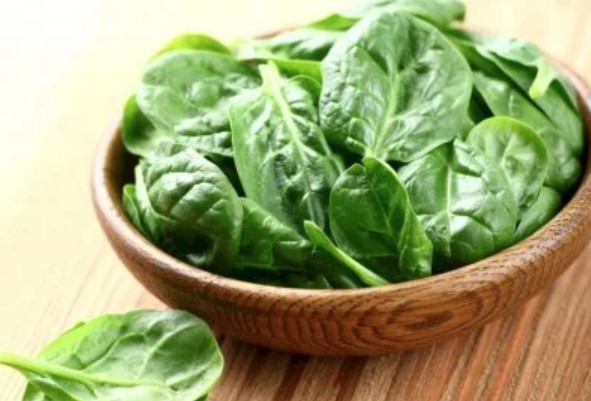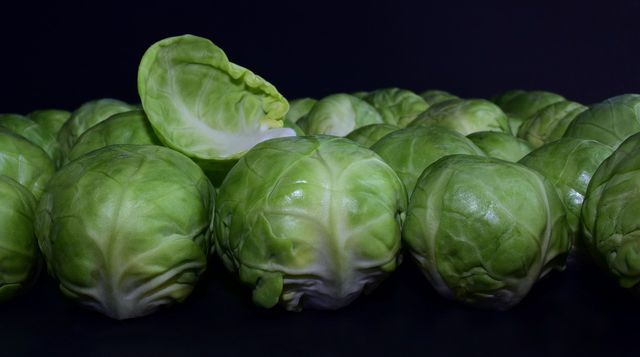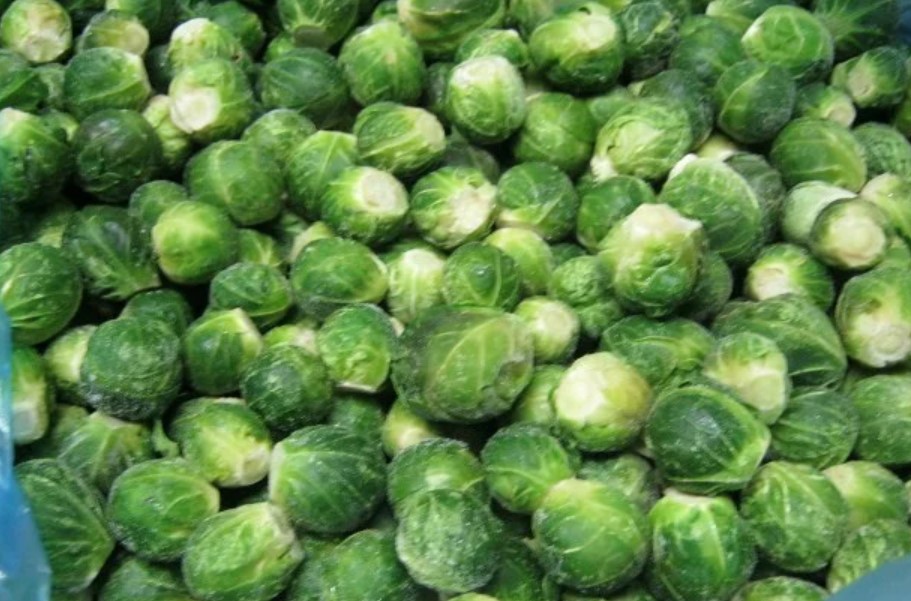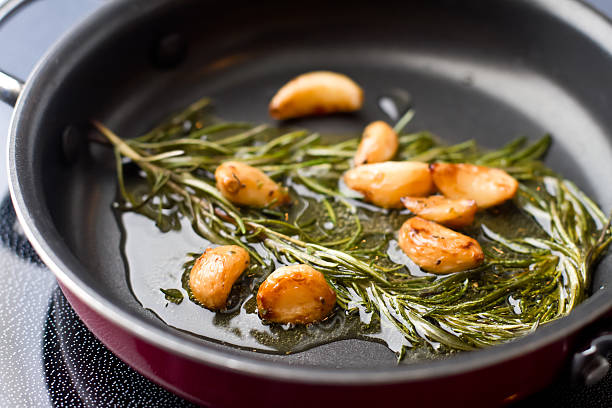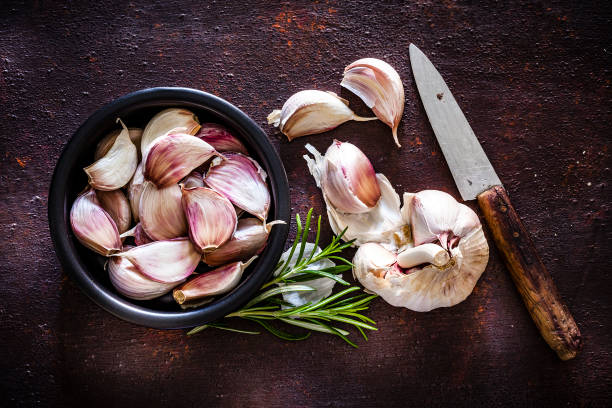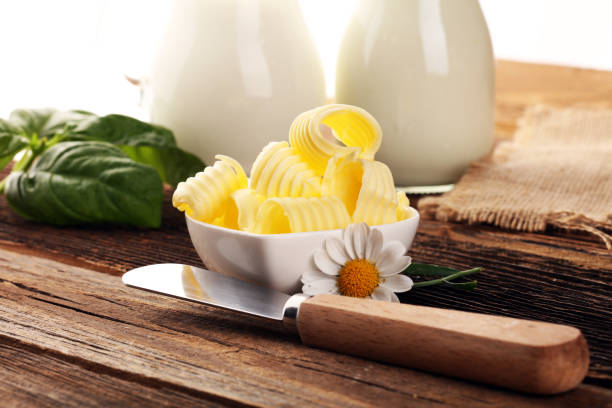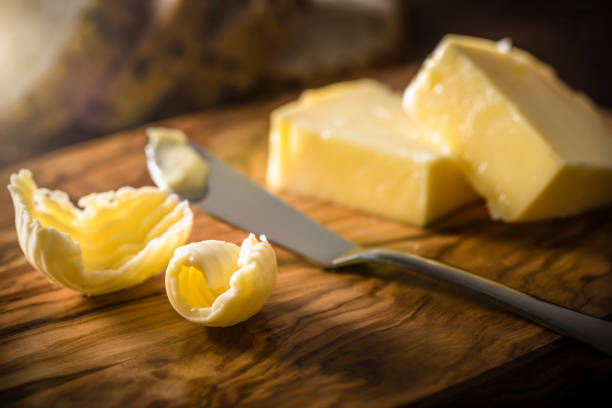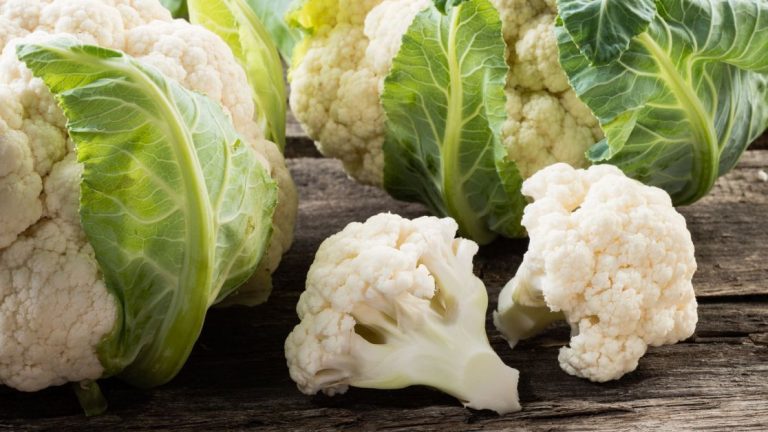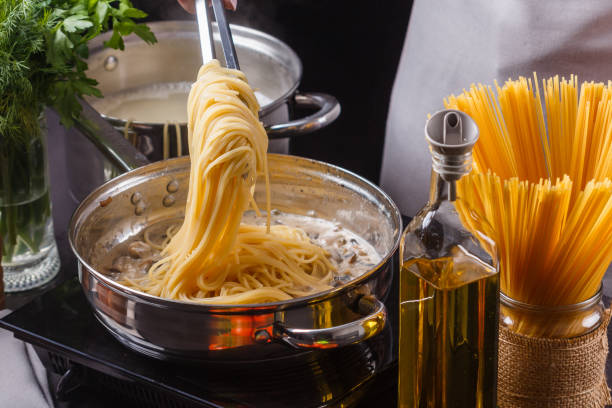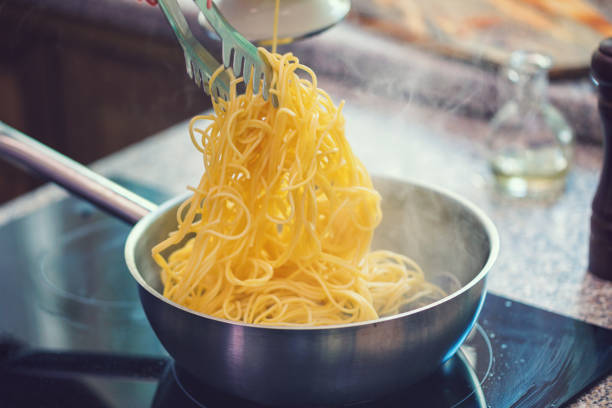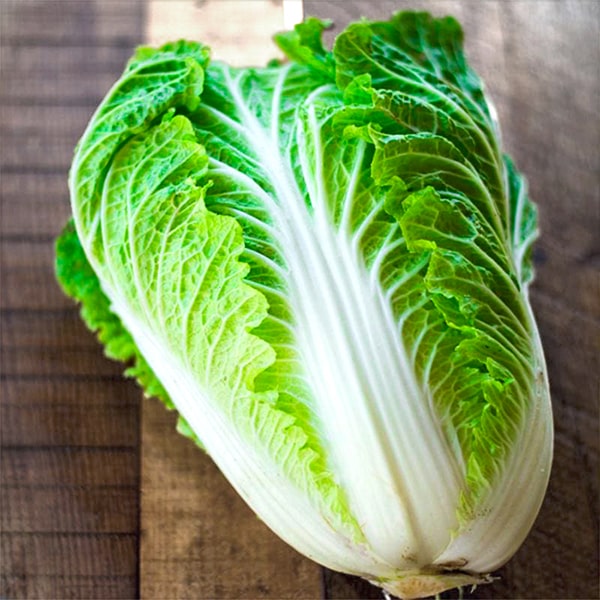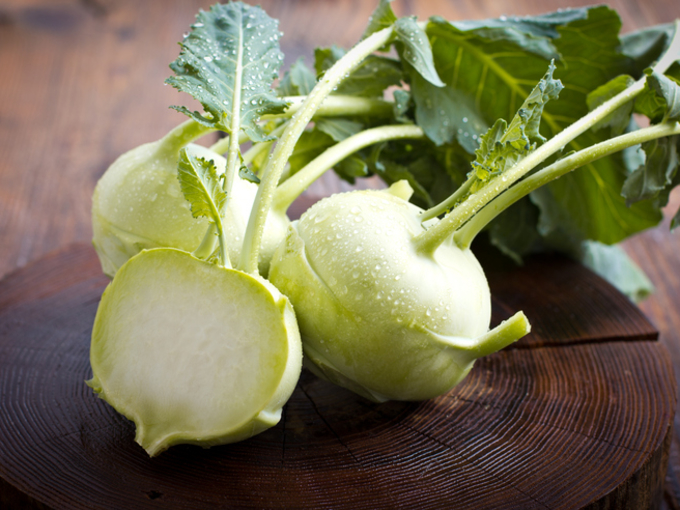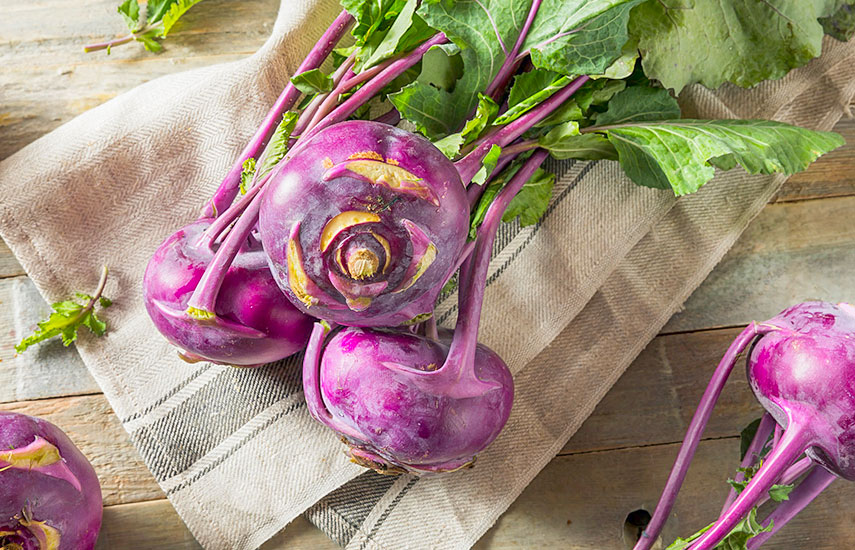You can simply cook beetroot – best in summer and autumn from local harvest. Here you can find out how to cook beetroot properly and which dishes you can make from it.
Beetroot is not only beautiful to look at with its dark, strong color, but also very healthy and tasty. Its earthy, sweet taste makes it suitable for both savory and some sweet dishes. Beetroot tastes particularly good when boiled or steamed – it takes a few minutes, but it is very uncomplicated.
In addition, you can get local beetroot either fresh from the field or from storage almost all year round. It is best to buy them fresh at the market between July and November.
Cooking beetroot: prepare the vegetables
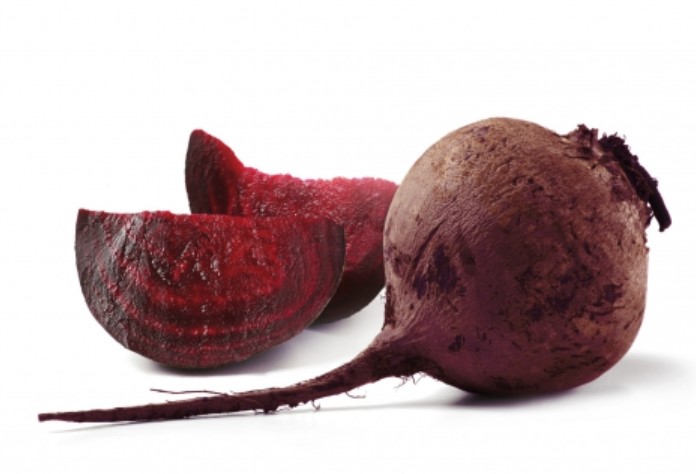
The beautiful color of the beet also has a disadvantage: it leaves stubborn stains. That’s why you should always wear an apron when cooking. If a squirt of beetroot juice gets somewhere, you can remove it with hot water and citric acid. You can also use these home remedies to clean your cutting boards. Otherwise, you can protect the boards from the red dye by placing greaseproof paper underneath.
To ensure that as little of the healthy ingredients as possible are lost during cooking, you should not peel the beetroot before cooking. Instead, wash and brush them gently without damaging the skin. After cooking, you can simply rub off the skin of the beetroot with a knife.
Instructions: Cook beetroot properly
There are many different ways you can cook beets: in a pot, in the oven, in a pan, or in a salt crust. Cooking in a pot is particularly suitable if you want to make a puree or soup from the beetroot.
How to cook beetroot:
Place the unpeeled tubers in a saucepan and cover them completely with water.
Let the water boil with the lid closed.
Then remove the lid and let the beetroot simmer until cooked. Depending on the size of the tubers, this will take 30 to 50 minutes. The beets are done when you can easily pierce them with a knife.
Do not salt the cooking water until just before the end of the cooking process, as the salt draws out the color of the beetroot.
Alternative: Steam the beets with a little water
You can also gently cook beetroot with just a little water.
Then you should cut them into small pieces and cook with the lid closed.
So that you don’t lose all the taste and healthy ingredients in the process, you can save the beetroot cooking water. Cook until it has a creamy consistency.
The resulting dark red cream tastes very intense and sweet. For example, you can add them to a salad dressing or use them to flavor sauces. Combined with raspberry or ginger syrup, the beetroot concentrate is also an exciting ingredient for a dessert or a cocktail.
What to do with the cooked beetroot?
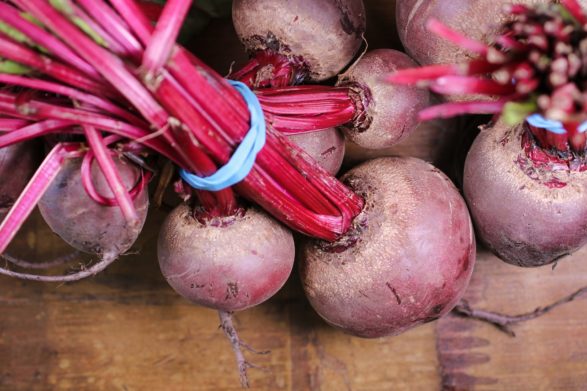
You can use the cooked beetroot in many delicious dishes. Here are some inspirations:
Process them into a soup or puree. You can also add other vegetables like potatoes or carrots. Horseradish or ginger give the vegetables a delicious spiciness. By the way, you can also make delicious vegan spreads from beetroot in pureed form.
Cut the beetroot into thin slices, add some lemon juice and honey and cover a tarte flambée.
Slice the cooked beetroot and sauté them in oil with onions. Deglaze the vegetables with some balsamic vinegar and let them boil down. Season the beets with salt, pepper and rosemary. This goes well with risotto and polenta slices.
Let the beets cool, cut them into thin slices and use them to line plates. Drizzle the slices with a fresh dressing, sprinkle some rocket or lamb’s lettuce and roasted pumpkin seeds / walnuts on top and you have a delicious carpaccio. Organic goat cheese also goes well with this.
By the way: It is also very healthy to eat beetroot raw, for example grated in a salad or as a juice. Only do this occasionally, though, because raw beets are high in oxalic acid. Cooking beets also makes them taste less earthy.

